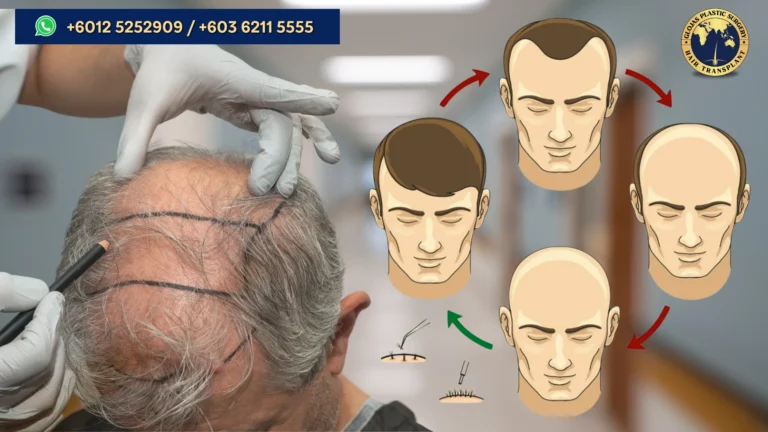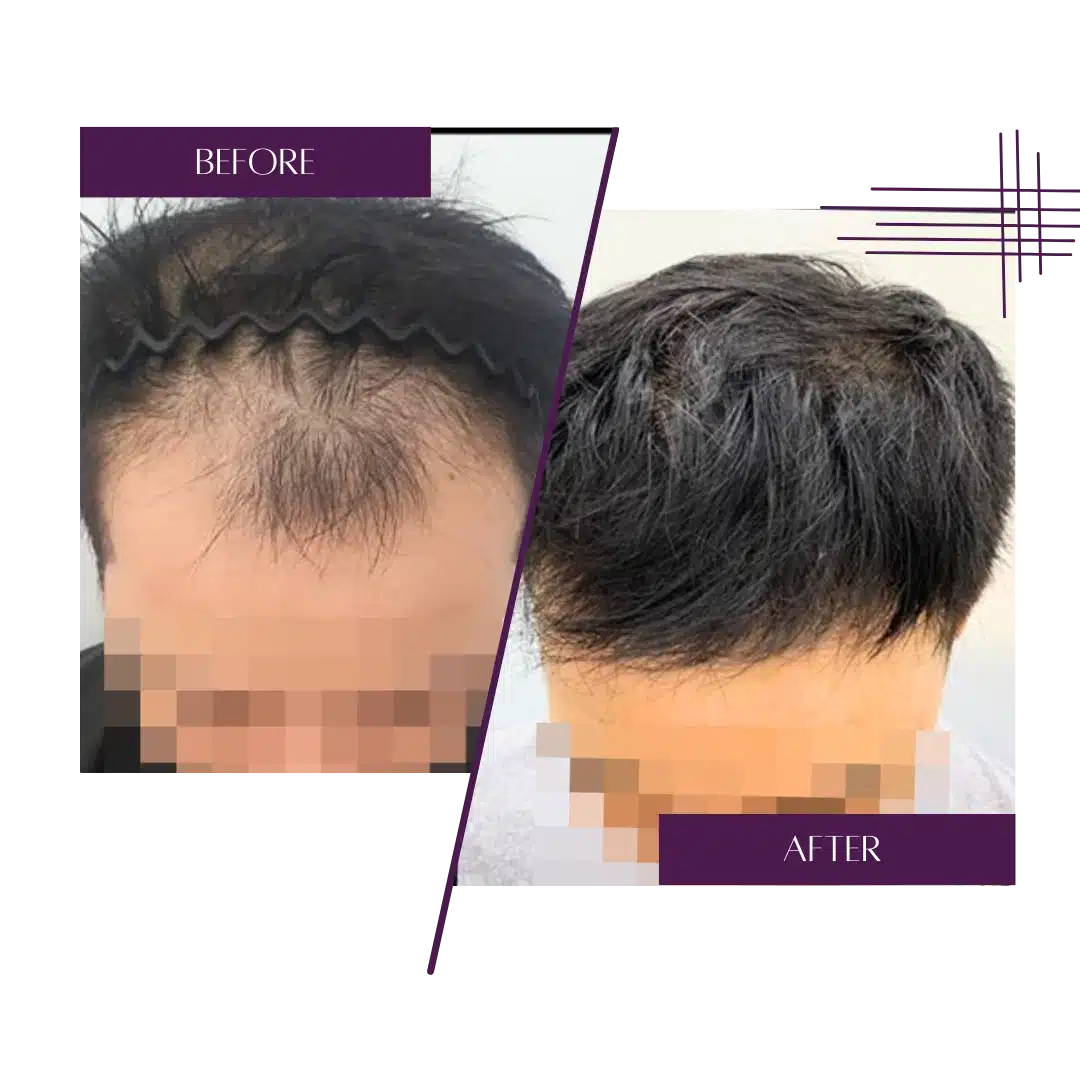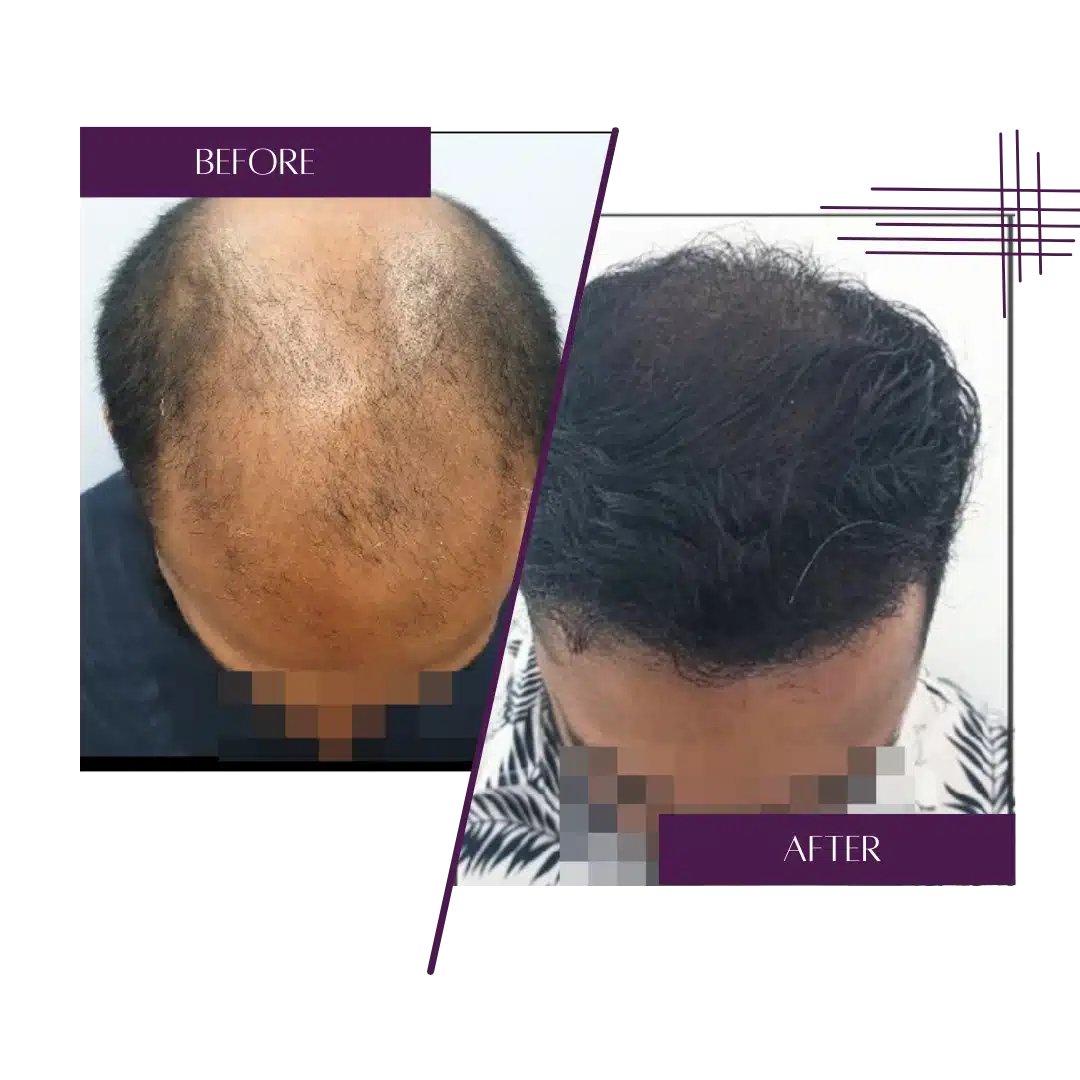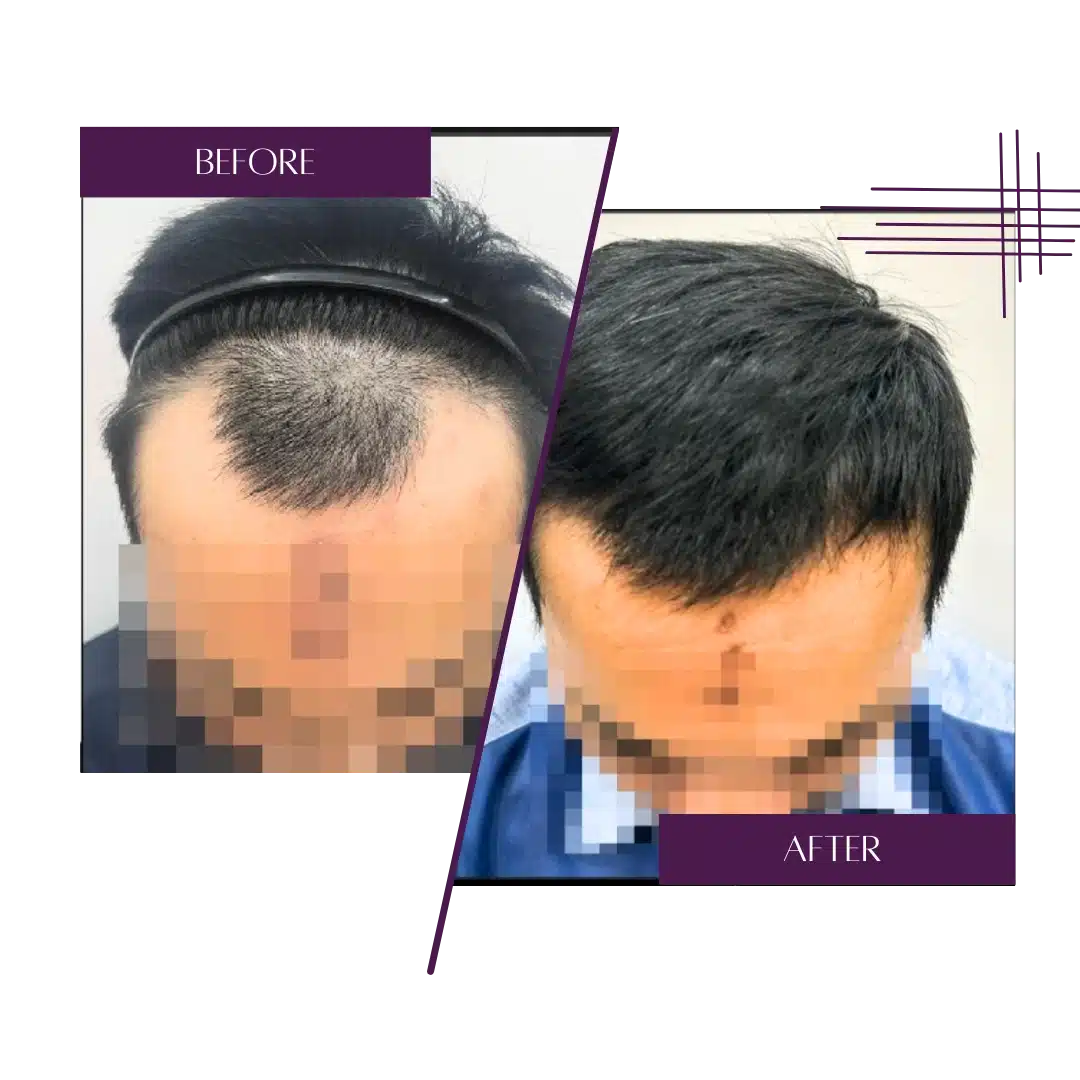Hair loss is a common concern affecting millions of people worldwide. For those exploring hair restoration options, understanding the Norwood scale and the role of hair grafts is essential. This article delves into the relationship between the Norwood stages and hair grafts, offering a comprehensive guide to help you make informed decisions.
What is the Norwood Scale?
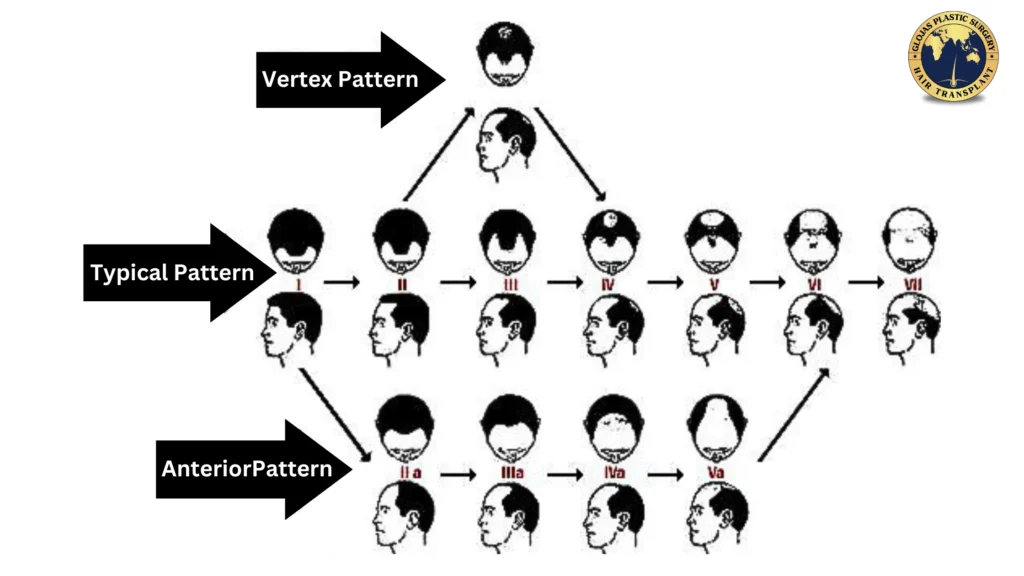
The Norwood scale, also known as the Hamilton-Norwood scale, is a classification system used to measure the extent of male pattern baldness. Developed by Dr. James Hamilton in the 1950s and later revised by Dr. O’Tar Norwood in the 1970s, this scale helps in assessing the severity of hair loss and planning appropriate treatment strategies.
The Norwood Stages
- Stage 1: Minimal hair loss along the hairline.
- Stage 2: Noticeable recession of the hairline, typically around the temples.
- Stage 3: Deepening of the recession at the temples, with a more pronounced M-shape.
- Stage 4: Significant hair loss at the crown and a receding hairline that continues to move backward.
- Stage 5: A larger area of hair loss at the crown, with a band of hair separating the crown from the hairline becoming thinner.
- Stage 6: The bridge of hair separating the crown and the hairline is nearly gone, leading to a larger bald area.
- Stage 7: The most severe stage, with only a thin band of hair remaining on the sides and back of the scalp.
Hair Grafts and the Norwood Stages
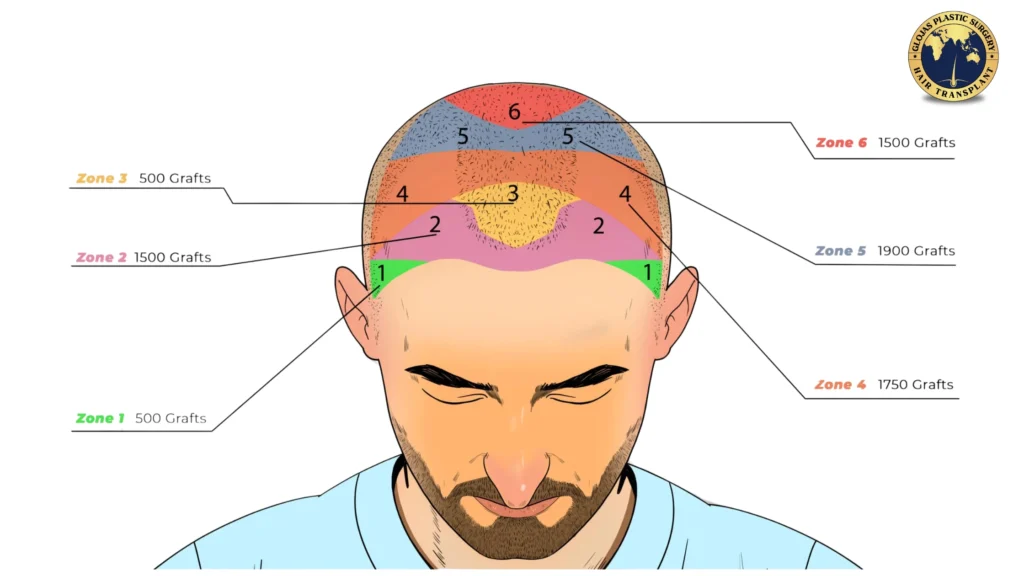
Hair grafts are a critical component of hair transplant procedures. A hair graft typically contains 1-4 hair follicles and is transplanted from a donor area (usually the back or sides of the scalp) to the balding or thinning areas.
How Norwood Stage Influences Hair Graft Needs
The number of hair grafts required for a successful transplant depends on the Norwood stage of hair loss:
- Stage 1-2: Early stages of hair loss might require fewer grafts (500-1500) to fill in the receding hairline or small bald spots.
- Stage 3-4: Moderate hair loss stages might need 1500-3000 grafts to address both the hairline and crown areas.
- Stage 5-6: Advanced stages often require 3000-5000 grafts due to extensive bald areas at the crown and front.
- Stage 7: Severe hair loss might need 5000+ grafts, depending on the size of the balding area and the desired density.
Planning Your Hair Transplant
A thorough consultation with a qualified hair transplant surgeon is essential to determine the exact number of grafts needed. The surgeon will consider factors like the Norwood stage, hair type, donor hair availability, and desired outcome.
Hair Transplant Techniques
Two primary techniques are used for extracting hair grafts:
- Follicular Unit Transplantation (FUT): This method involves removing a strip of scalp from the donor area, dissecting it into individual grafts, and transplanting them. It is suitable for covering large areas but may leave a linear scar.
- Follicular Unit Extraction (FUE): Individual hair follicles are extracted directly from the donor area and transplanted. FUE is less invasive and leaves minimal scarring, making it a popular choice for many patients.
Post-Transplant Care and Results
Post-transplant care is crucial for ensuring the success and longevity of your hair grafts. Patients are typically advised to avoid strenuous activities, follow a prescribed medication regimen, and attend follow-up appointments.
Results from hair grafts can vary, but most patients start to see new hair growth within 3-4 months post-surgery, with full results visible at around 12-18 months.
Conclusion
Understanding the Norwood stages and the role of hair grafts is vital for anyone considering hair restoration. By assessing your stage of hair loss and consulting with a qualified surgeon, you can develop a personalized treatment plan to achieve natural and lasting results.
For more information on hair grafts and the Norwood scale, or to schedule a consultation, contact a reputable hair transplant clinic today. Embrace the journey to regain your confidence and achieve a fuller head of hair.
